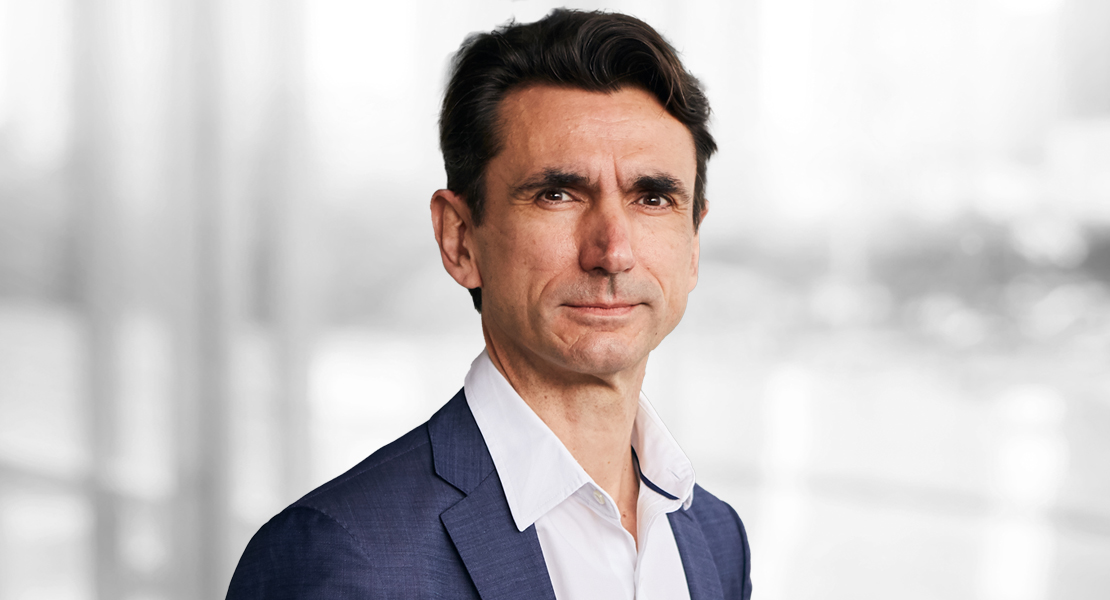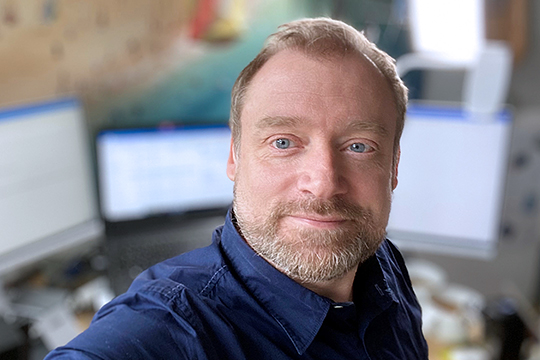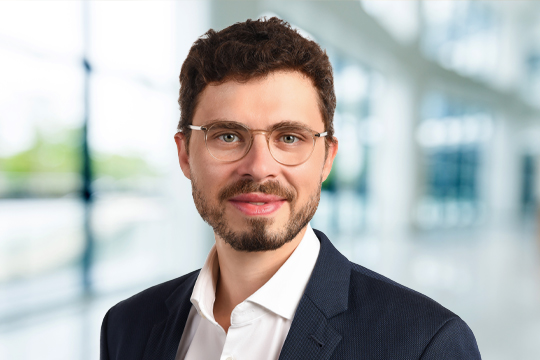Partnerships with cloud providers, new offerings for customers, and increasing opportunities to stand strong in competition. A three-question interview on Telco Edge Cloud with Juan Carlos Garcia Lopez, Telefonica Group and Detecon Managing Consultant Clemens Aumann.
To what extent is the Telco Edge Cloud leading the way for the development of relationships among telcos and hyperscalers?
The Telco Edge Cloud is one of the elements in the computing continuum that has been created from the ground up and extends all the way to the central clouds. As with the Central Public Cloud (cloud regions), the edge is becoming a hybrid multicloud environment. The Telco Edge Cloud is one of the components of that multicloud/multi-edge environment, and it will be combined with the other hyperscalers’ edge alternatives to provide the best value proposition to our customers, who will benefit from the best of each option.
It will be possible to take advantage of the operational scale, a marketplace rich in solutions, the huge ecosystem of developers, and the broad market acceptance that hyperscalers enjoy while having options to adapt more flexibly to specific customers’ requirements and demands such as greater proximity, data residency, lower jitter, and latencies closer to 1 ms, all in conjunction with a solution that is open and standard.
Are any initial implementations in place, and what are the results?
Telefónica has been offering an edge computing service in four major cities in Spain since May 2020 (Madrid, Barcelona, Sevilla, and Bilbao) and plans to extend it to other cities as demand evolves. The number of customers is growing steadily, and we are already working with the main industry sectors. Telefónica is currently cooperating with other operators at the GSMA and at the Telco Edge Cloud Forum to develop and deploy a solution federating the operators’ edge infrastructures with the objective of providing a global, telco-based edge computing service.
We have conducted multiple trials with Tier 1 operators such as Deutsche Telekom, BT, Telstra, KT, or China Unicom in the last two years that demonstrate the feasibility of the concept and have confirmed its readiness for edge use cases such as V2X, drone swarm management, holographic videoconferencing, Industry 4.0, ports/airports, or logistics.
How does Telefónica define the role of telcos in the future?
The telecom operators can play a role as ICT service providers, offering to their existing B2B customer base complete solutions combining connectivity (fiber, 5G, Wi-Fi), computing (IaaS, PaaS) and solutions on top (big data, analytics, IA/ML, cybersecurity, IOT, sector-specific solutions, SaaS). They will need a complete cloud/edge value proposition, a specialized sales force, and technical/operational skills and tools to realize this position, much like the situation at Telefónica, which has a subsidiary — Telefónica Tech — created specifically to address this business opportunity. Some telcos own facilities like central offices, aggregation nodes, or cell sites that can host computing infrastructure.
Partnering with cloud providers for housing and connectivity and/or deploying their own edge infrastructure and services that will ensure the best experience with the public and private edge and cloud for their customers can be an additional opportunity for these facility-based operators.
Thank you for the interview!
About: Juan Carlos Garcia Lopez
Juan Carlos Garcia Lopez is SVP Technology Innovation and Ecosystem at Telefonica Group where he leads technical projects in edge computing, private networks, or network slicing. He heads the Technology Innovation Plan and oversees Telefónica’s participation in standardization bodies and industry forums (O-RAN, ETSI, 3GPP, etc.). He represents Telefónica in the GSMA Technology Group and on the Telecom Infra Project Board and chairs GSMA Telco Edge Cloud Forum and 5TONIC Steering Board (Telefónica’s 5G ecosystem lab). He has held other VP positions at Telefónica GCTIO units over the years – Technology and Architecture, Radio and Fixed Access, Transport, Operations, Architecture and Planning – and has worked in various companies during his 30 years at Telefónica.








